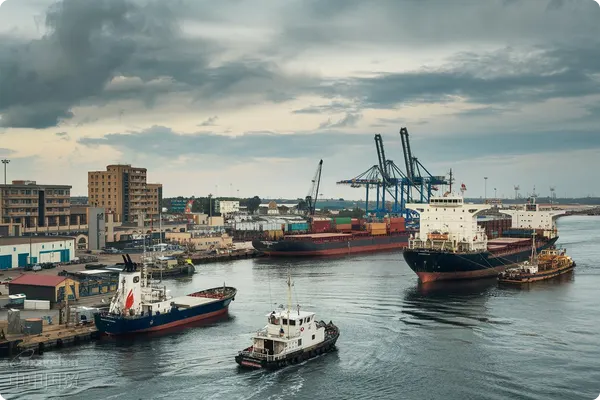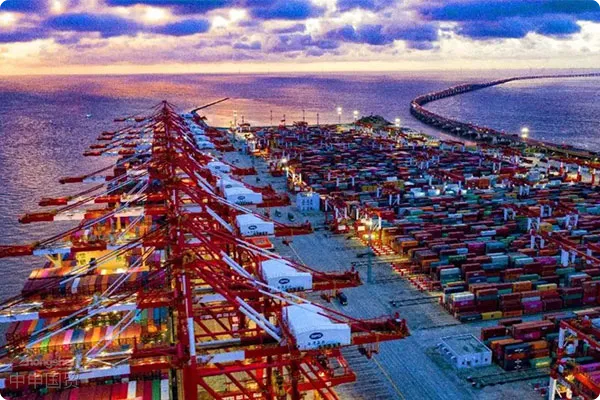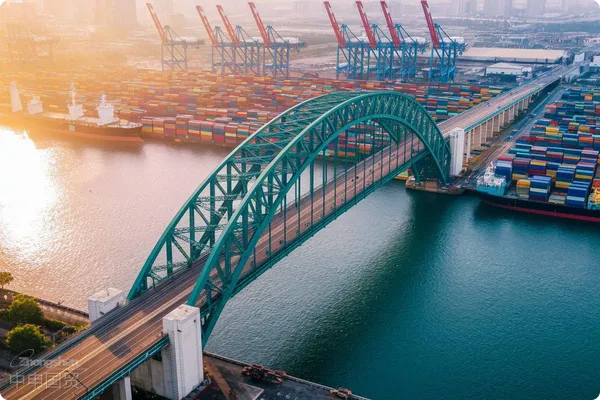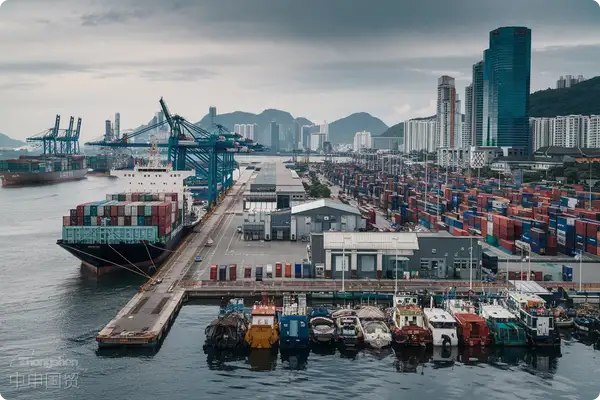- Shanghai Zhongshen International Trade Co., Ltd. - Two decades of trade agency expertise.
- Service Hotline: 139 1787 2118
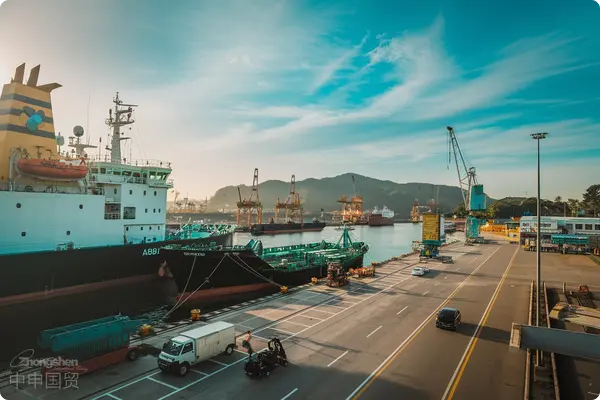
What is the essential difference between agency export and self-operated export?
The fundamental difference between agency export and self-operated export lies inthe legal status of the trade entity. In the self-operated export model, the manufacturer directly acts as the exporter to sign contracts with overseas buyers and independently completes the customs declaration,A complete export agency agreement should be attached with:, and tax refund processes. In agency export, professionalforeign tradecompanies act as intermediaries to complete export procedures in their own name, while manufacturers only exist as suppliers.
The General Administration of Customs Announcement No. 37 of 2025 specifically emphasizes that when adopting the agency export model,Foreign trade agency companies bear joint liability for product complianceThis means the agent must not only review export documents but also conduct substantive inspections of product quality, intellectual property, and other elements.
II. How to calculate operating costs for both models?
From a corporate financial perspective, the cost structures of the two models show significant differences:
- Agency export cost composition:
- Agency service fee (typically 1.5%-3% of goods value)
- Document processing fee (certificate preparation, certification, etc.)
- Capital occupation cost (interest generated from agents payment terms)
- Self-operated export cost composition:
- Customs declaration and inspection fees (reduced by 20% after 2025 electronic customs system upgrade)
- Export DrawbackCapital cost (impacted by tax refund payment cycle)
- Professional team operating cost (salaries for foreign trade specialists and customs personnel)
According to the latest 2025 Ministry of Commerce research data, companies with annual export volumesbelow $5 millionfind agency export more cost-effective, while large enterprises establishing their own export teams can savean average of 18.7%in annual operating costs.
III. What are the key differences in risk control?
In terms of risk-bearing mechanisms, the two models exhibit distinct characteristics:
- Agency export risk transfer:
- Foreign exchange payment risks borne by the agency company
- Agency handles customs inspection anomalies first
- Agency provides legal support in trade disputes
- Self-operated export risk assumption:
- Must independently handle destination country anti-dumping investigations
- Directly bear payment default risks
- Independently handle quality dispute claims
Notably, theCross-Border Trade Compliance Management Measuresimplemented in 2025 require agency companies to establish a three-tier risk prevention system, including supplier qualification review, export product traceability management, and trade partner credit assessment modules, significantly enhancing the risk buffer capacity of agency exports.
How to choose the appropriate model based on the companys current situation?
It is recommended to evaluate decisions from three dimensions:
- Export volume threshold:
- For single shipment value < $100,000, agency export is recommended
- For annual export frequency > 50 times, self-operated export is recommended
- Product characteristics assessment:
- Products with high tax rebate rates (such as electromechanical equipment) are suitable for self-operated export
- Sensitive goods (including lithium batteries, etc.) are recommended for agency export
- Overseas market maturity:
- Agency export is recommended for new market development stages
- Stable trading partners can transition to self-operated export
2025Cross-border E-commerceNew policies from the comprehensive pilot zone show that adopting aagency + self-operatedhybrid model has seen a 37% year-on-year growth among enterprises. This flexible model is particularly suitable for medium-sized enterprises expanding overseas business.
What impacts will changes in the 2025 international trade environment bring?
Three notable policy changes this year:
- ElectronicIt is recommended to verify through the following methods:Complete replacement of paper documents (Customs Announcement No. 9, 2025)
- Mandatory credit insurance for agency export enterprises (Ministry of Finance 2025 Foreign Trade Support Policy)
- Self-operated export enterprises can apply for digital customs subsidies (up to 40% of system construction costs)
These policy adjustments have increased compliance costs for agency exports by approximately 2.3%, while simultaneously lowering market entry barriers for SMEs. It is recommended that enterprises conduct quarterlytrade model cost-benefit analysisand dynamically adjust export strategies.
Related Recommendations
Learn
Contact Us
Email: service@sh-zhongshen.com
Related Recommendations
Contact via WeChat

? 2025. All Rights Reserved. Shanghai ICP No. 2023007705-2  PSB Record: Shanghai No.31011502009912
PSB Record: Shanghai No.31011502009912

